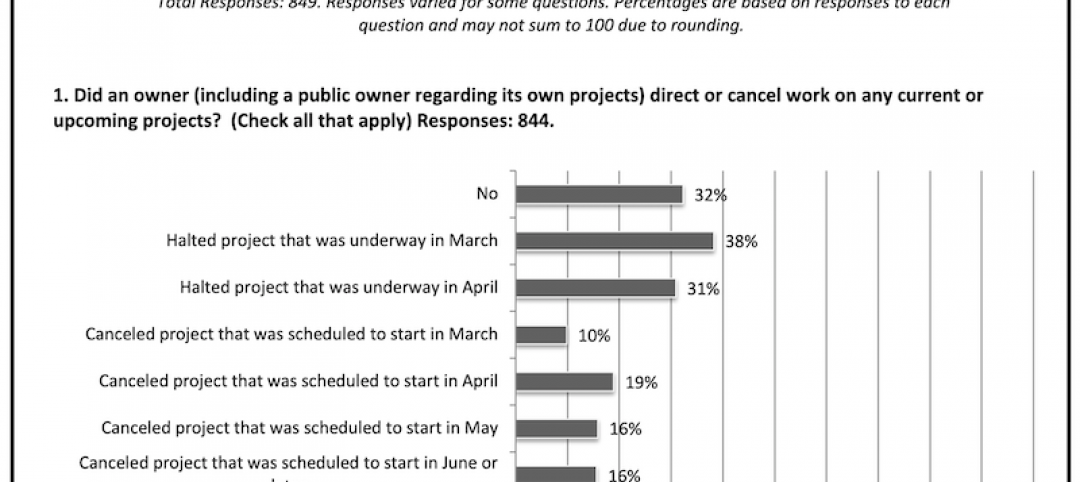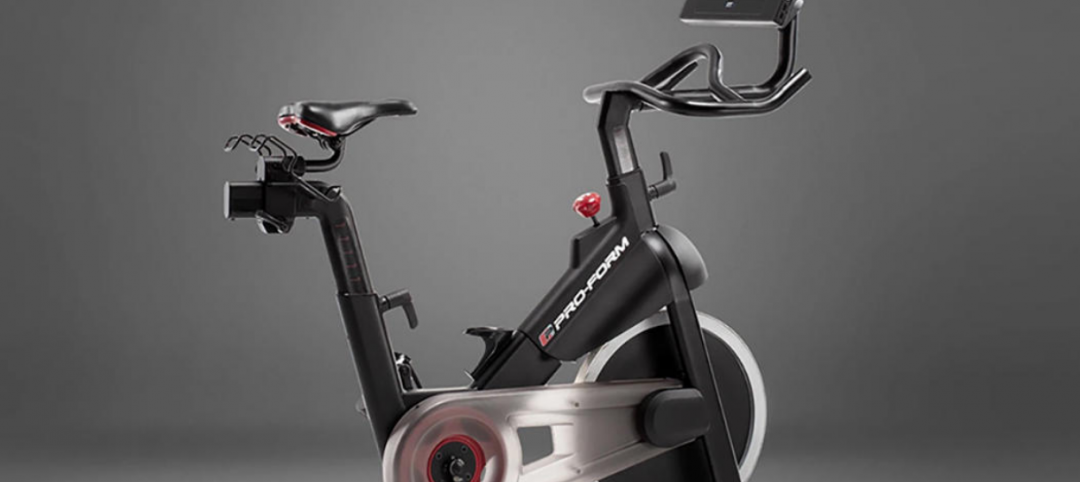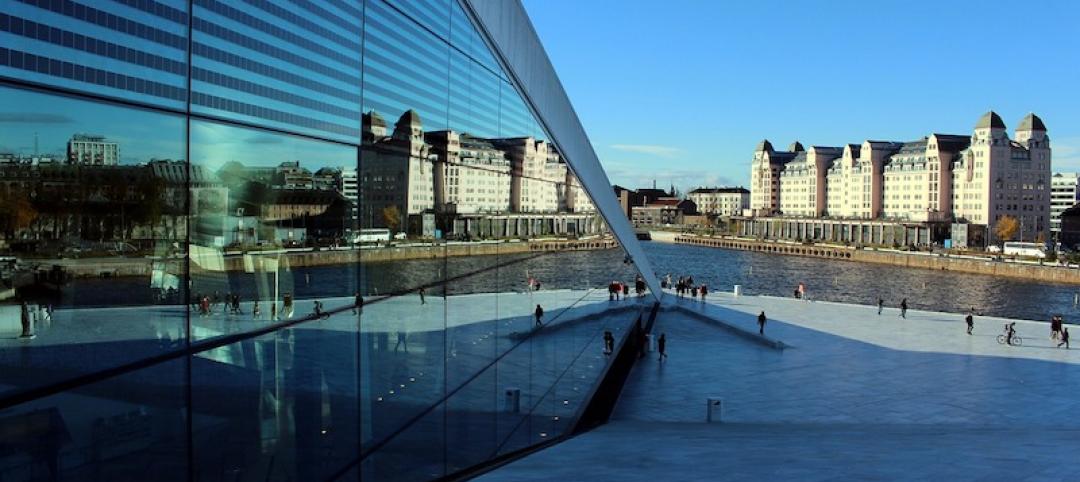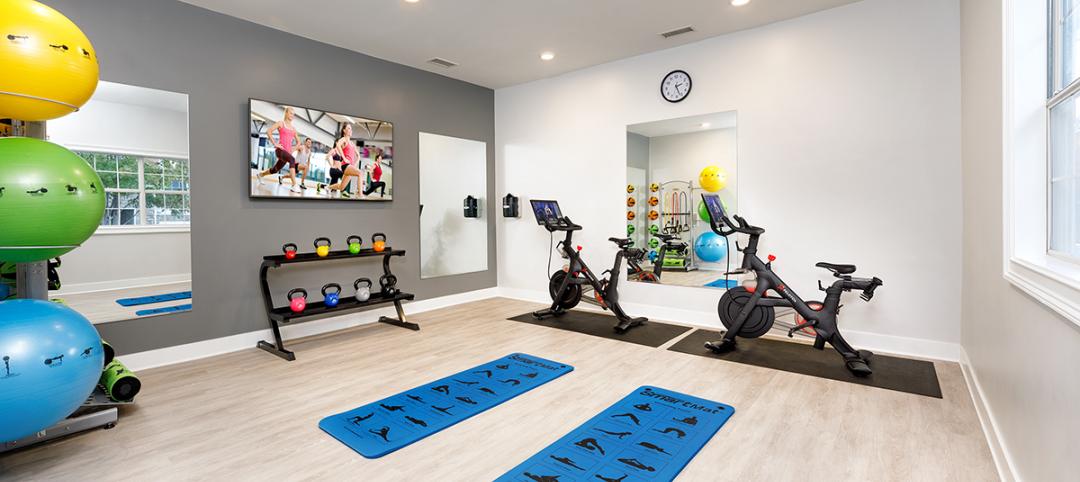The years 2000-2010 will be remembered as the Green Decade, when the green building movement, led by the U.S. Green Building Council, took root in the nation’s consciousness. Building Design+Construction has, through our annual White Papers on Green Building, advocated for a number of crucial improvements to LEED and USGBC governance.
For example, BD+C was the only publication in the construction industry to support the admission of building product trade associations to the USGBC. We pointed out that USGBC’s founders excluded trade groups solely because they would have been unable to charge fees to individual members of a trade association. (Co-founder David Gottfried admits this on page 122 of his memoir, From Greed to Green.) The USGBC only reluctantly reversed this policy after years of stalling.
We pushed for the recognition in LEED of the Sustainable Forestry Initiative and other wood certification systems to compete with the Forest Stewardship Council. That battle is still unresolved. We supported the Green Building Initiative in its effort to provide an alternative to LEED. We think that competition is good—and that there’s plenty of business for both organizations.
As early as our first White Paper (2003), we pointed to the lack of regional climate variation in LEED, especially for hot, humid places like Florida. LEED 2009 took some steps in the right direction, but further refinements are still needed.
At the global scale, the Green Decade gave us Al Gore winning an Academy Award (“An Inconvenient Truth”) and a share of the Nobel Peace Prize, despite owning a 20-room mansion. Gore’s co-Nobelist, the UN Intergovernmental Panel on Climate Change, had its 2,800-page report besmirched by a single technical error. The IPCC’s basic finding—that the probability of a human role in climate change was greater than 90%—was never in dispute, but its reputation was singed.
Green became fashionable. Hollywood stars competed over how many hybrids they could park in front of their 30,000-sf homes. Recycling became the means for people to feel they were “doing something for the environment,” even as the number of plastic water bottles skyrocketed.
Enough of the past. What’s ahead?
Clearly, national legislation on climate change is a dead issue, no matter the outcome of the November elections. (I am writing in late October.) President Obama used every ducat of his political capital to get the healthcare bill passed, so cap-and-trade will be on hold for at least two years.
Greater production of “clean” energy through renewables will not be easy. Wind power is strongest at night, when we don’t need it, and there’s the problem of transmitting the electricity from places like the Dakotas to urban areas where it’s needed. And most property owners can only afford photovoltaics if their cost is subsidized.
With buildings and homes accounting for about 40% of energy use and greenhouse gas emissions in the U.S., the nation’s design and construction community bears a huge responsibility to address the energy/climate change nexus in a bold way. As Jerry Yudelson points out elsewhere in this issue, even a worthy project like the renovation of the Empire State Building, which will cut energy use in that noble structure by 38%, does not go far enough. We need to hit 50%, even 80%, reductions in our buildings, to really get at the problem.
That’s the challenge for the next decade.
More from Author
Rob Cassidy | Mar 30, 2020
Your turn: Has COVID-19 spelled the death knell for open-plan offices?
COVID-19 has designers worrying if open-plan offices are safe for workers.
Rob Cassidy | Mar 25, 2020
Coronavirus pandemic's impact on U.S. construction, notably the multifamily sector - 04-30-20 update
Coronavirus pandemic's impact on U.S. construction, notably the multifamily sector - 04-30-20 update
Rob Cassidy | Nov 20, 2019
Word of the Year: "climate emergency," says the Oxford English Dictionary
The Oxford Word of the Year 2019 is climate emergency.
Rob Cassidy | Nov 8, 2019
The Peloton Wars, Part III - More alternatives for apartment building owners
ProForm Studio Bike Pro review.
Rob Cassidy | Nov 1, 2019
Do car-free downtown zones work? Oslo, yes; Chicago, no
Two recent reports (October 2019) explore whether car-free downtowns really work, based on experience in Oslo, Norway, and Chicago.
Rob Cassidy | Oct 9, 2019
Multifamily developers vs. Peloton: Round 2... Fight!
Readers and experts offer alternatives to Peloton bicycles for their apartment and condo projects.
Rob Cassidy | Sep 4, 2019
Peloton to multifamily communities: Drop dead
Peloton will no longer sell its bikes to apartment communities.















